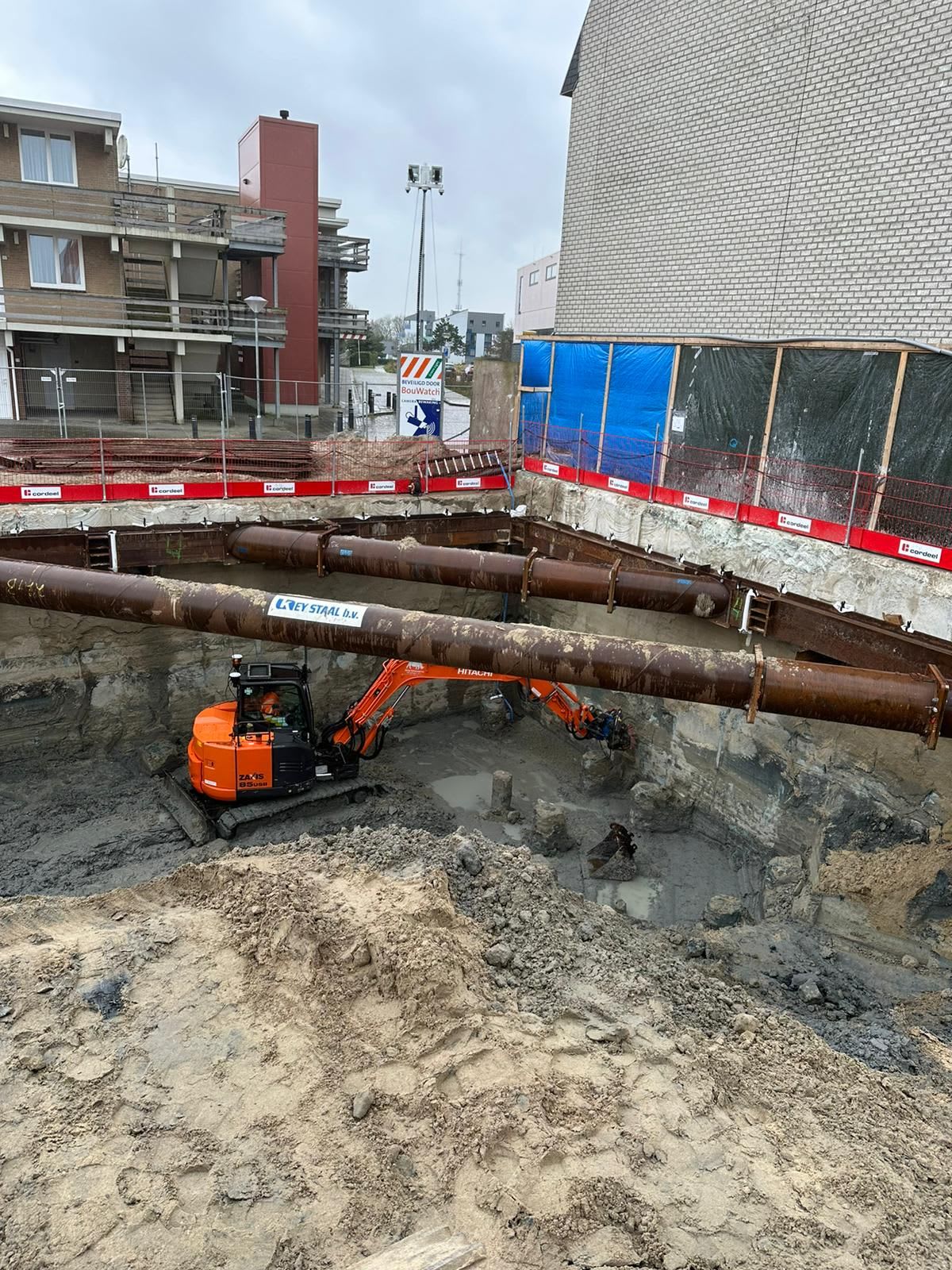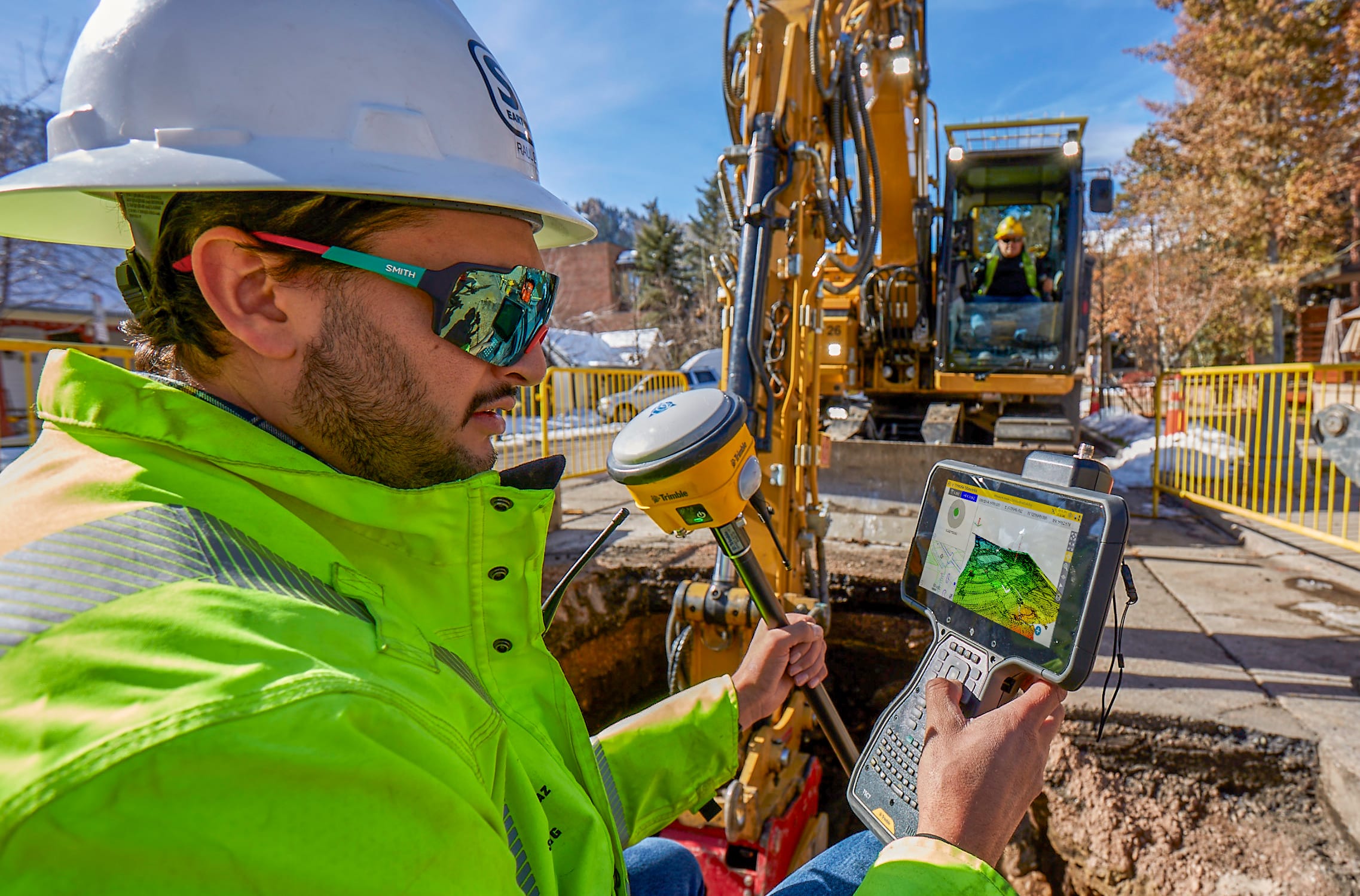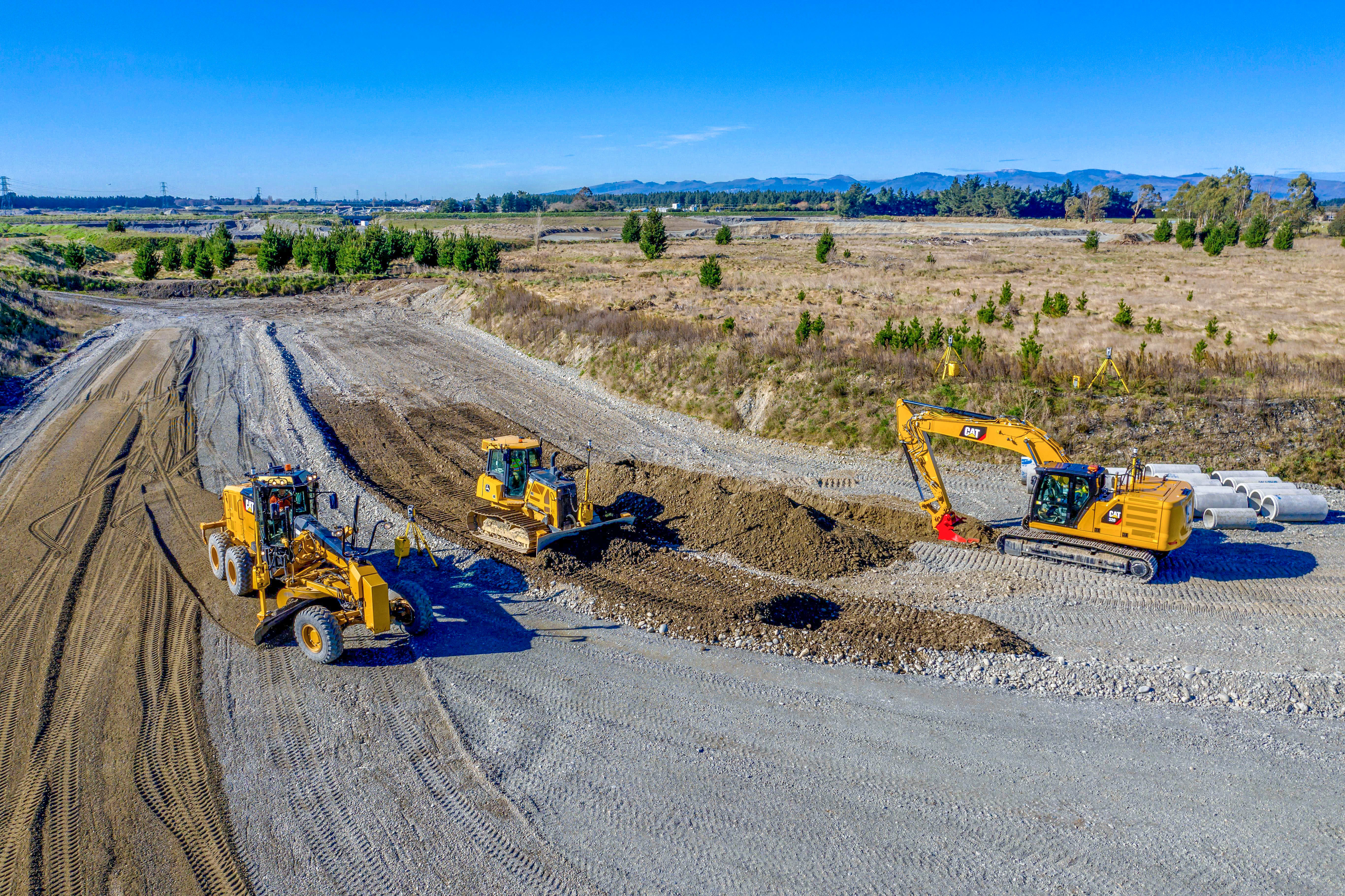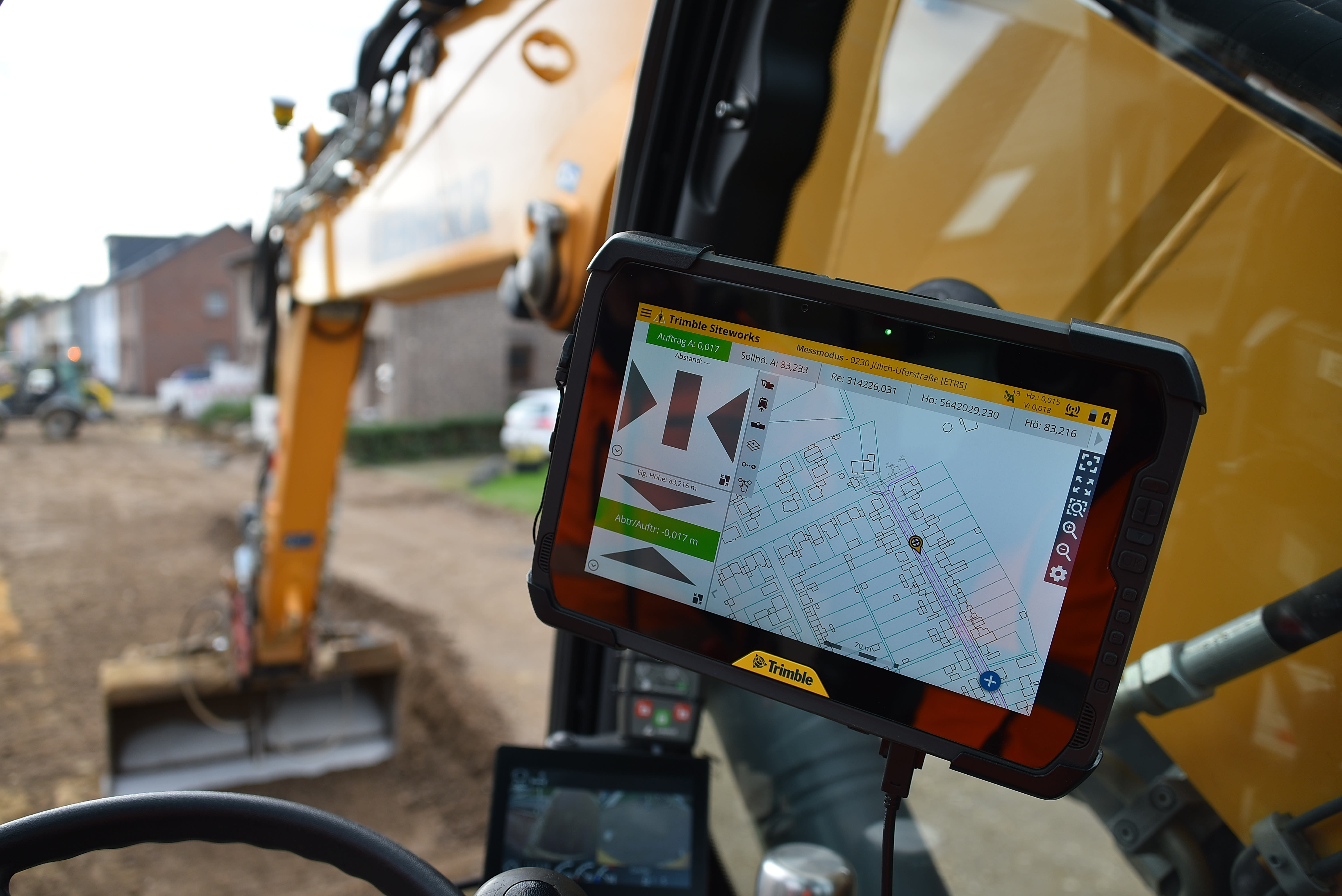Using Machine Grade Control to Control Costs
How contractors can maximize today’s offerings to boost their bottom line and get a quicker ROI

Today’s machine control is leaving yesterday’s practices in the dust
Breakthroughs in precision technology are boosting accuracy, reliability and performance to grow profits, especially for operators working in GNSS-compromised areas. Next-level antennas, like Trimble’s MS9X6 series of receivers, enable contractors to operate in areas that were previously impossible or unreliable for GNSS-based reception — such as dense foliage, structures or among multipath challenges — offering greater flexibility and efficiency on the job.
Even lower-skilled operators are able to quickly master using precision solutions, enabling them to pivot effectively amongst a challenging labor market where operators, much less skilled ones, are hard to come by. This equates to fewer crew hours and less rework, thereby reducing cost.
Operators become instantly upskilled with upgraded technology, empowering even entry-level crews to work swiftly and confidently amid underground utilities or other hazardous zones. Steering clear of hazards and accidents means a dramatically lower risk of high-cost delays or safety fines, even worse, injuries or loss of life.
With the growing adoption of machine control solutions (and the preference for these high-accuracy solutions growing by leaps and bounds among today’s discriminating clientele), leveraging technology to drive accuracy and speed has become indispensable for today’s contractors. New operator-assistance features have also been introduced, pushing machine control beyond basic implement control.

Advancements in steering control systems for dozers and compactors can maintain machine alignment automatically, while features on machinery like compactors reduce overlap, contributing to lower emissions and fuel use — further boosting a contractor’s bottom line.
Time saved = bigger profits
Connectivity on the jobsite has also seen significant improvements, enhancing communication between the jobsite and the office and back to the jobsite. This connectivity allows for quicker, on-demand updates on project details and design changes, while remote troubleshooting makes it easier for contractors and their dealers to support field operations directly. No more “hurry up and wait” for time-consuming approvals and site walks.

Enhanced productivity, performance
Machine control technology empowers operators to cut to grade accurately on the first pass, eliminating the need for estimating between stakes or relying on an operator’s judgment — slashing the margin of error to practically nil. Guesswork becomes a thing of the past — saving time and money throughout the project’s lifecycle, and so much more:
- Minimizing rework by getting the task done right the first time
- Providing operators with all the information they need in the cab, eliminating the need to wait on grade checkers or subcontractors
- Working more efficiently, which consumes less fuel and translates to lower costs and reduced carbon emissions while also cutting down wear and tear on machines
- Reducing the number of machines needed. For example, the need for a dozer to clean up after an excavator or a grader to finish after a dozer can be eliminated with machine control
- Ensuring specs are met so the right amounts of material are used and hauled away, preventing the need to bring back any material at a high cost
- Maximizing productivity and efficiency at every step of the process
- Getting the job done right in the fewest passes, enhancing a contractor’s bottom line
You don’t have to start big, but start somewhere
Contractors don’t have to jump into the deep end when adopting machine control technology. There are choices and options, from how many machines to equip to considering subscription-based technology that makes it easier than ever for smaller contractors to do more with less via construction technology.
Get more done with more speed and momentum, with grade checks done automatically from right inside the cab. The current state of the jobsite is always displayed onscreen. The result? Fewer machine hours per job, less fuel used, and the ability to bid more confidently and competitively.

With these supports in place, machine control becomes a no-brainer on any jobsite, enabling contractors to do more with less, achieve higher accuracy, cut waste, and improve workflows even without a 3D model.
Reduced rework, fewer cost overruns, less materials used
Machine control instills confidence that the job is being done right the first time, empowering contractors to manage costs like labor, fuel, and supplies — streamlining not just the job at hand, but paving the way for much more competitive bidding down the road.